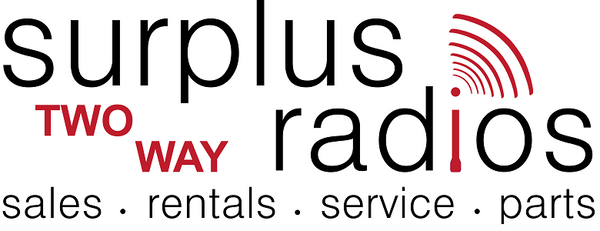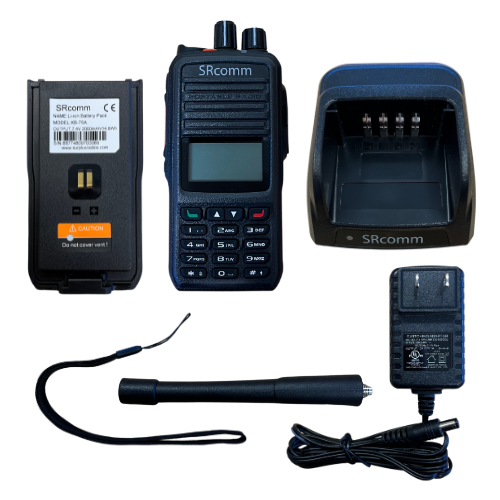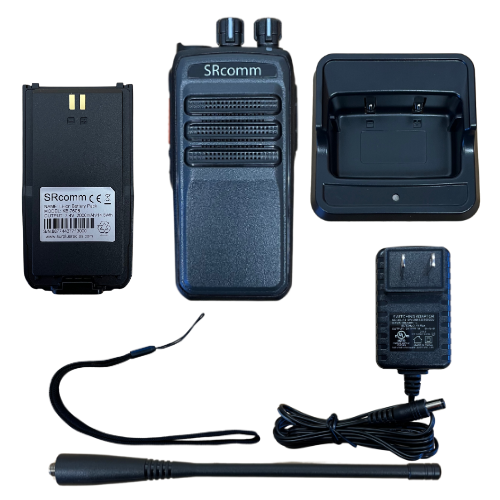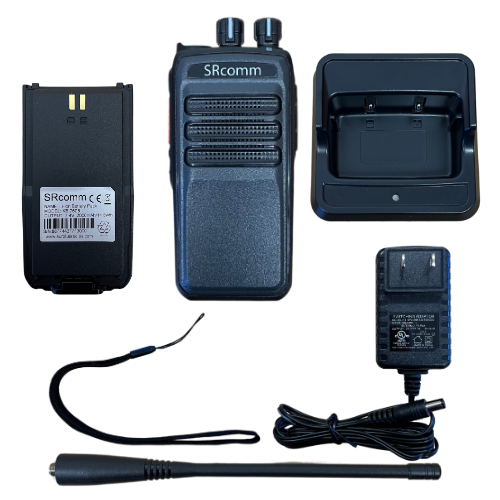Exploring Different Types of Digital Data Transfers in Two-Way Radios
Share
Exploring Different Types of Digital Data Transfers in Two-Way Radios
In the evolving world of digital communication, understanding the various types of digital data transfer technologies is crucial for anyone looking to leverage the full potential of modern two-way radios. Today, we delve into three primary digital transfer types that have transformed the way professionals communicate across numerous industries.
DMR (Digital Mobile Radio)
DMR stands for Digital Mobile Radio, an open digital radio standard defined by the European Telecommunications Standards Institute (ETSI). This standard is widely adopted across the globe and is renowned for its cost-effectiveness and efficiency. DMR is employed by several leading brands in the industry, including Motorola with their MOTOTRBO line, Vertex, Hytera, and SRComm. These brands have integrated DMR technology to enhance digital clarity and extend battery life, making it a favorite among businesses requiring reliable communication in sectors such as security, construction, and logistics.
NXDN (Next Generation Digital Narrowband)
NXDN is another digital standard that was developed jointly by Kenwood and Icom. It utilizes very narrow bandwidths—6.25 kHz and 12.5 kHz—making it highly efficient in spectrum usage. NXDN has been particularly beneficial in environments where spectrum regulation is stringent or where channel availability is limited. This technology offers enhanced voice quality and encryption capabilities, making it ideal for public safety and professional applications that demand secure and clear communication.
IDAS (Icom Digital Advanced System)
IDAS stands for Icom Digital Advanced System, which is Icom's implementation of NXDN technology. IDAS radios are designed to offer a versatile and scalable communication solution that meets the needs of a wide range of business environments. From simple non-trunked setups to vast multi-site trunked networks, IDAS systems provide robust and reliable digital performance. This adaptability makes IDAS suited for industries ranging from retail to critical infrastructure.
Why Choose Digital?
Switching to digital two-way radios from analog brings numerous advantages, including improved voice quality, greater privacy, extended battery life, and better range. Digital systems can also handle more data alongside voice communications, such as text messaging and GPS information, which can significantly enhance operational efficiency and safety.
Enhance Your Communication with Our Digital Radio Solutions
At [Your Company Name], we offer a comprehensive range of digital two-way radios featuring DMR, NXDN, and IDAS technologies. Our expert team can help you navigate these options to find the best fit for your communication needs. Whether you are looking to upgrade your existing system or are new to digital radio technology, we provide tailored solutions that ensure seamless and efficient communication.
For more information on how digital two-way radios can benefit your business, visit our product pages or contact us today. Discover how embracing these advanced communication solutions can drive your business forward.






